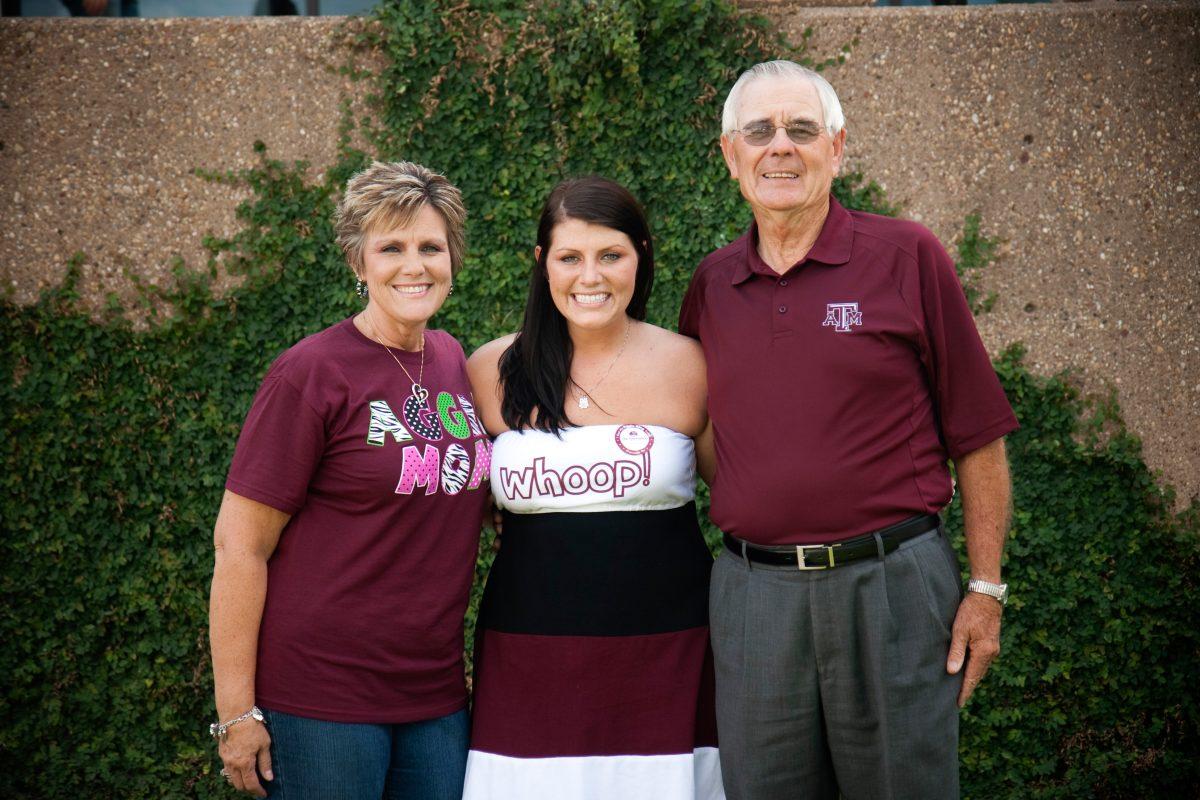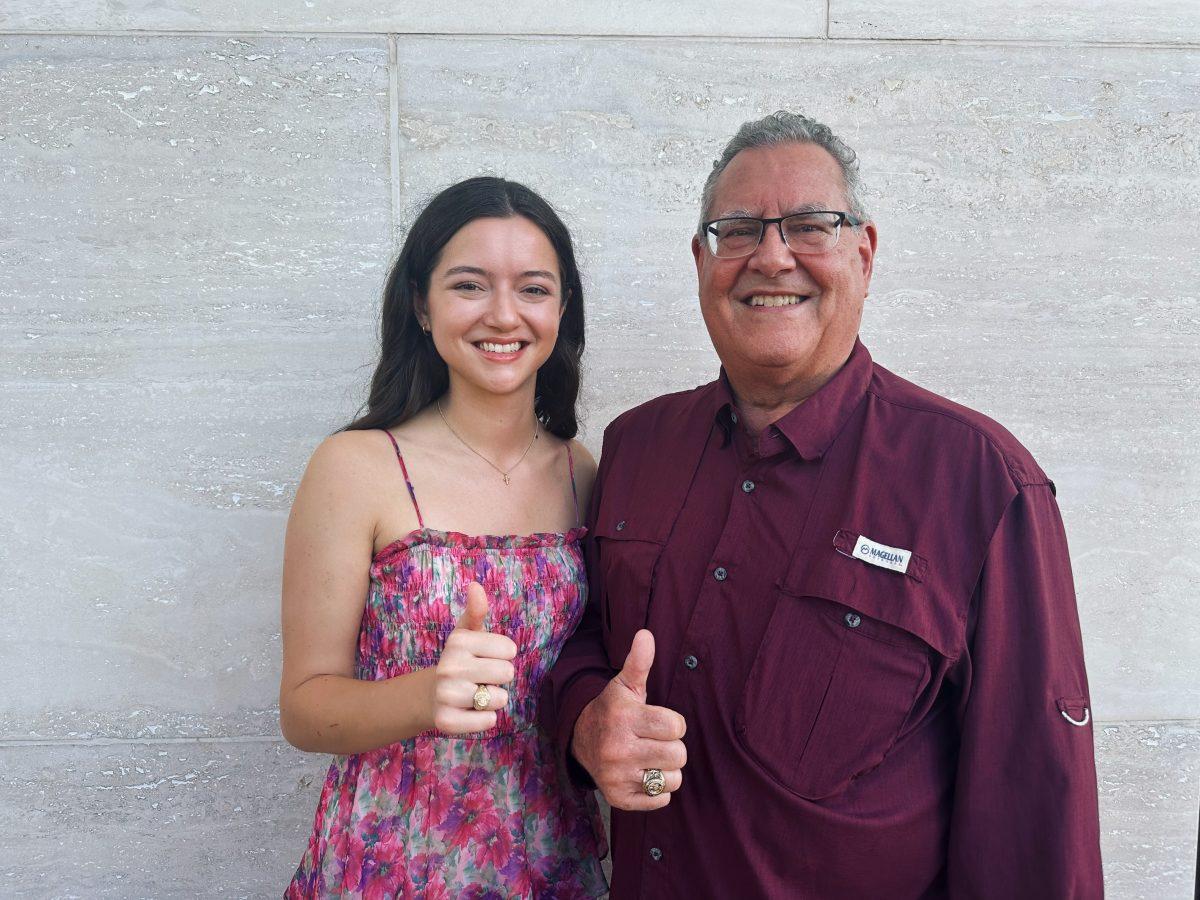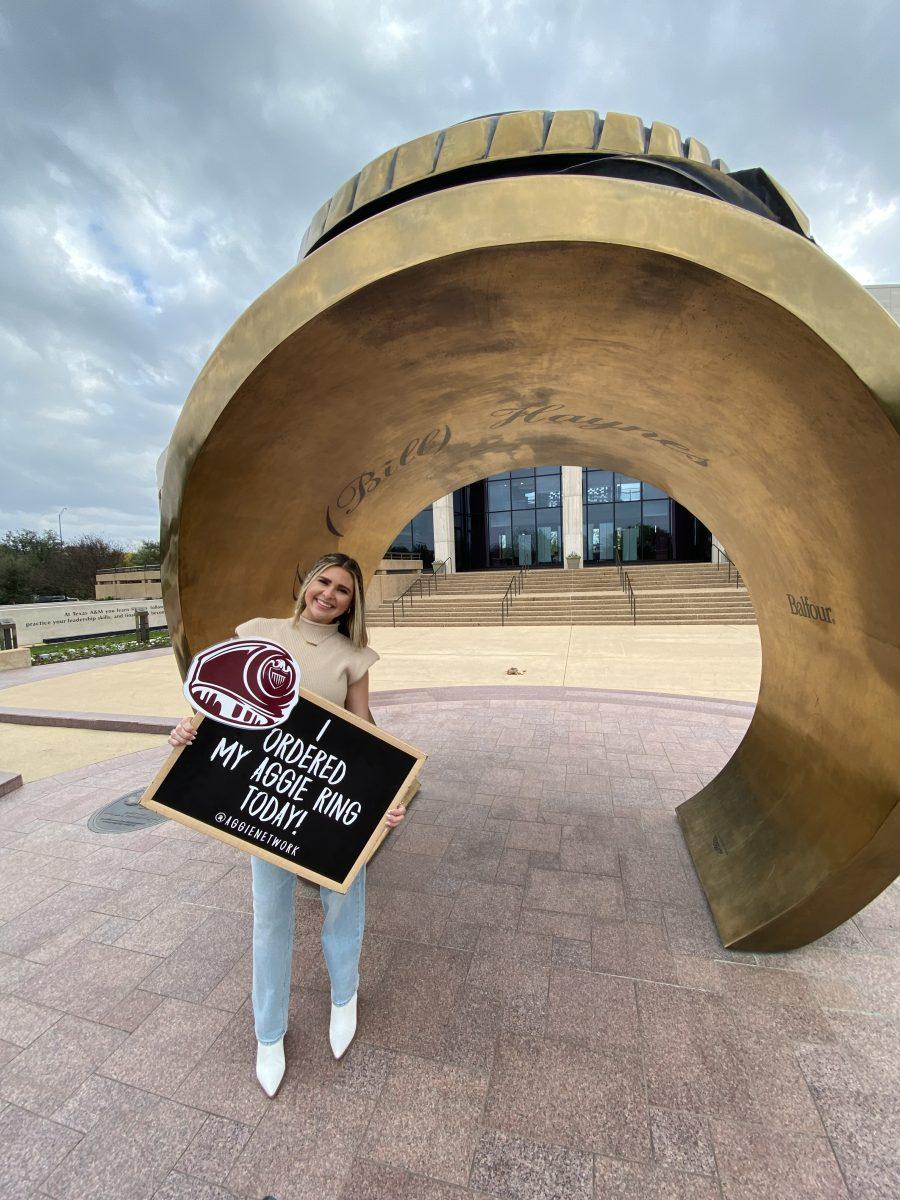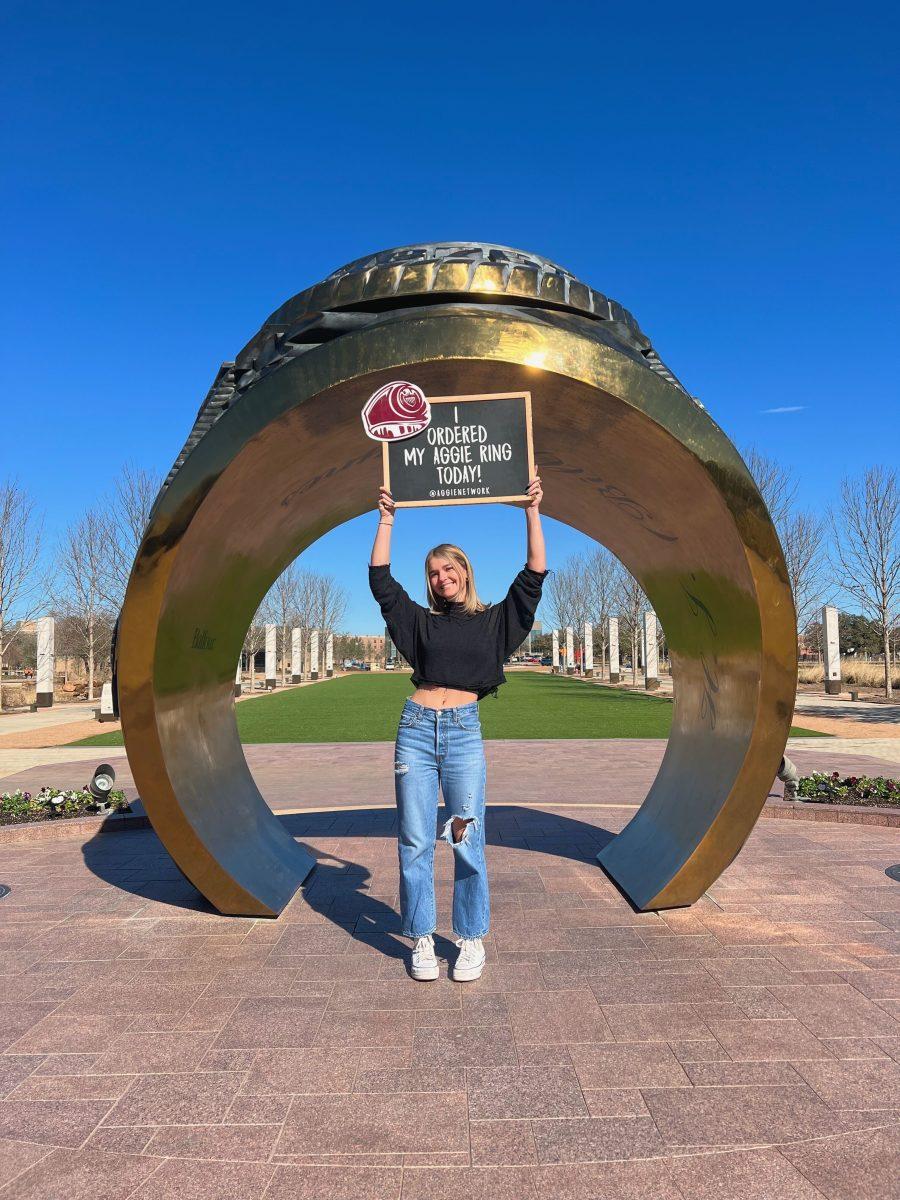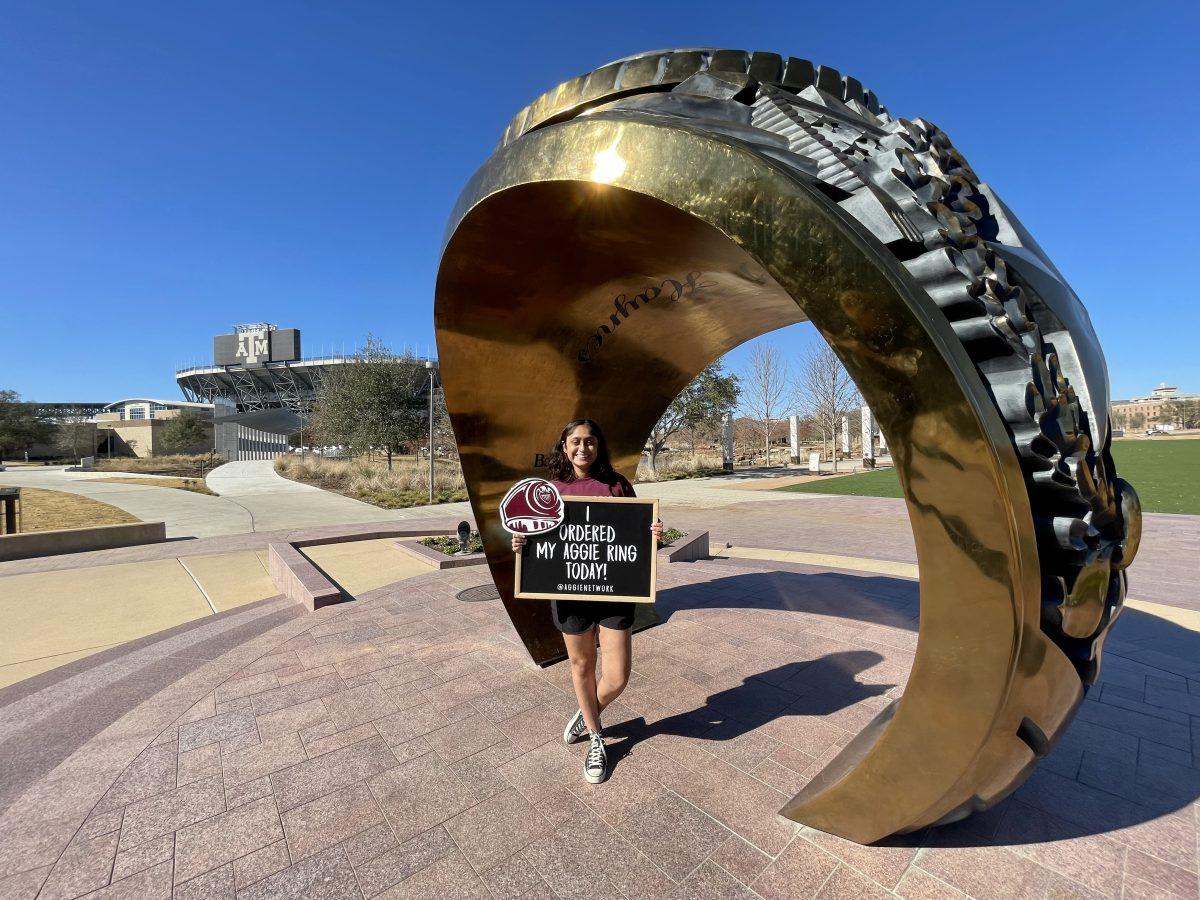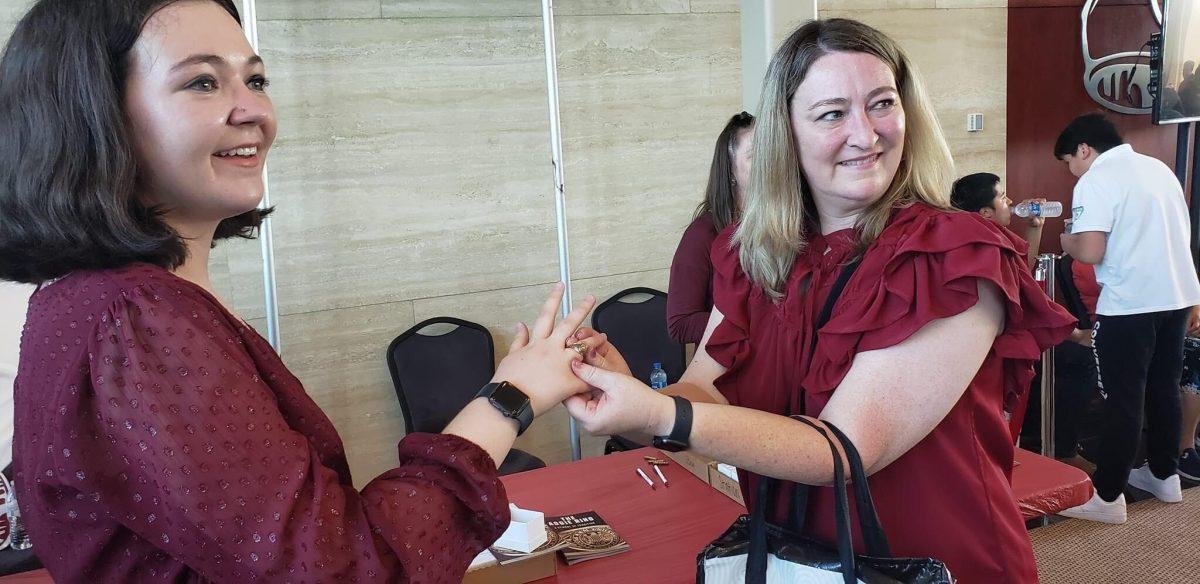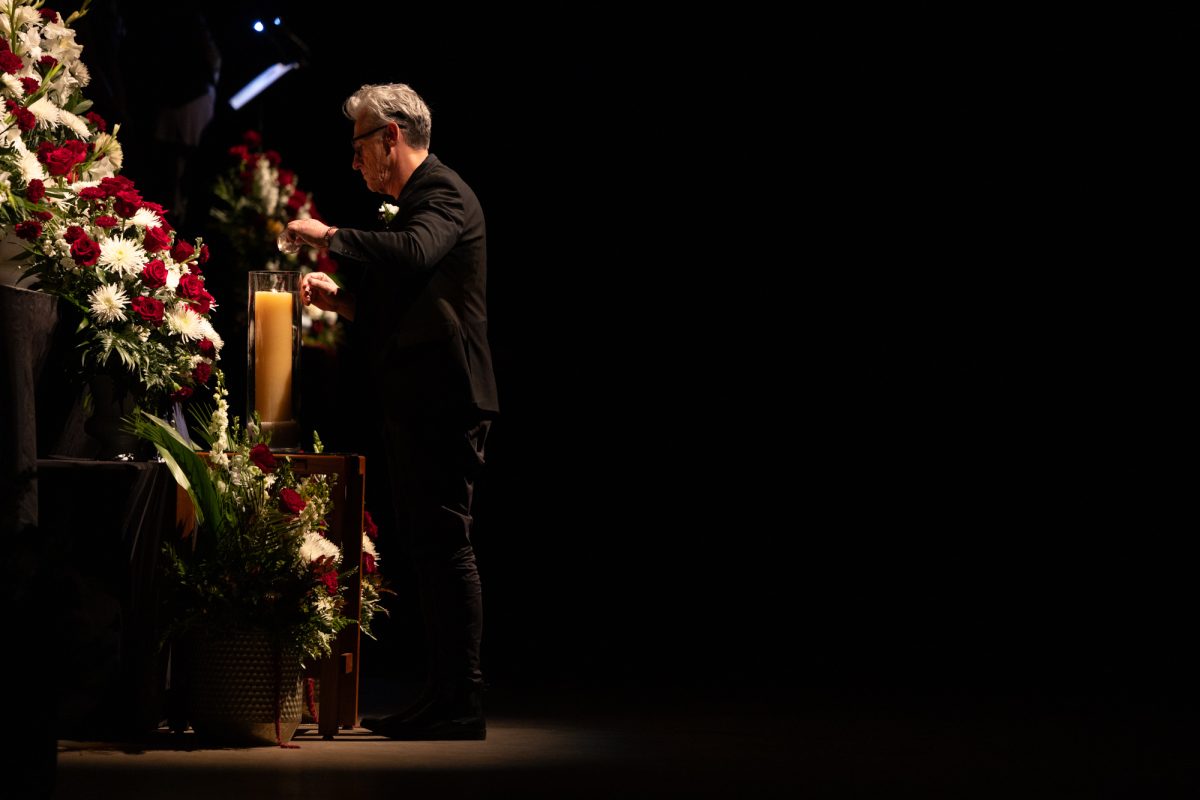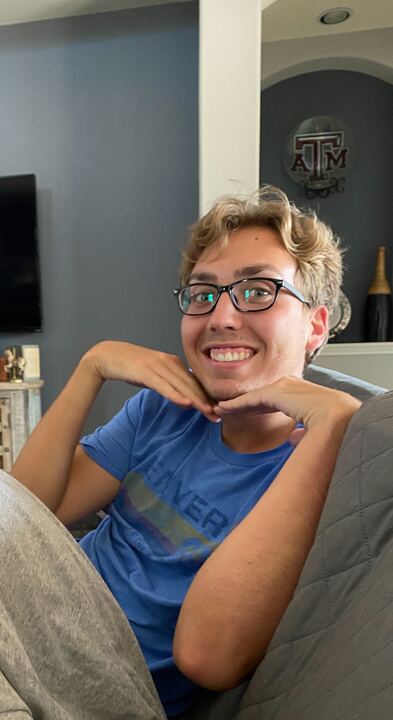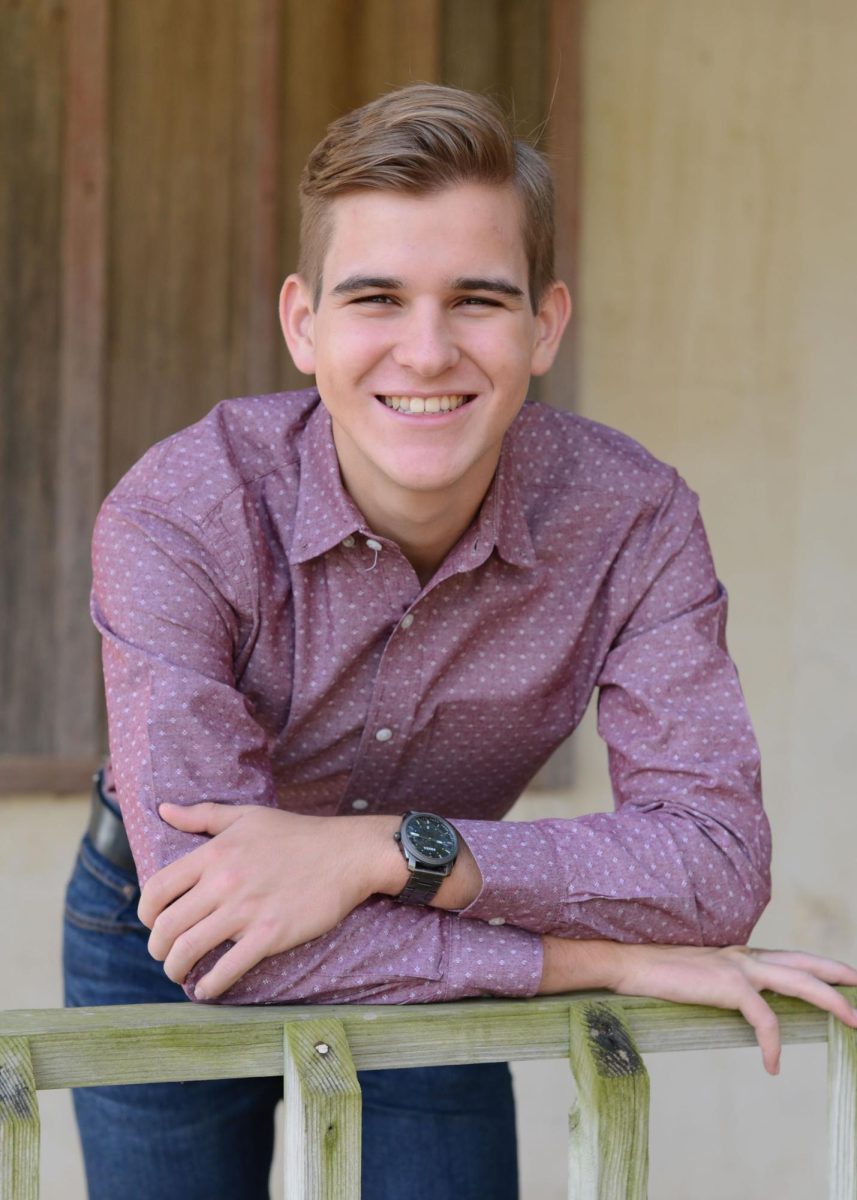Getting an Aggie Ring has always been an achievement, but it was celebrated differently in the past than the current tradition.
Edward Rister, Class of 1974 and professor and associate department head of agricultural economics, said it was a monumental occasion to get his Aggie Ring, but he received it in a very different way from how students currently obtain their rings.
“I received a note in my mailbox saying my Aggie Ring was ready,” Rister said. “Two weeks later I walked over by myself to the basement of the Coke building and they handed me my Aggie Ring and I went on with my day.”
Rister said he was the first person in his family to attend college. He worked in a grain harvesting business in south Victoria near his hometown of Placedo, Texas with his dad over the summers to pay for his ring.
After he completed his masters at Texas A&M, Rister left College Station to pursue his Ph.D. at Michigan State University. Rister then returned to A&M in 1981 for a job at the university and said he was surprised to discover how students had started celebrating their Aggie Rings since he left.
“The fall of 1981 my wife and I stopped at an ice cream parlor that was in the same shopping center Chick-fil-A is at now on Texas Avenue,” Rister said. “We walked in and a table and trash cans were set up. I asked an employee what was happening and was told that it’s Ring Day, and I asked what that was because when I left A&M there was no Ring Day. The employee told me students that didn’t dunk their ring in a pitcher of beer came to the ice cream parlor and dunked their ring in a pitcher of milkshake.”
Patrick Williams, Class of 1992 and current senior director of development with the Texas A&M Foundation, said although dunking was becoming more popular, the day he received his ring in 1991 was still not celebrated on-campus as it should have been.
“I remember getting a notification that my Aggie Ring was delivered and then whenever I had a break between classes was when I made the walk over to the Clayton W. Williams Jr. Alumni Center, presented my student ID, checked to make sure my ring was correct, signed a piece of paper and then I left to get breakfast at McDonald’s and that was it,” Williams said.
Williams compared the day he got his ring to a transaction.
“This was a big letdown to me because I spent all my time working throughout the years to achieve my senior status at Texas A&M,” Williams said. “An Aggie Ring is the ultimate symbol of the Aggie network, many students at the time, including myself, came from small rural communities which made attending A&M an experience of a lifetime.”
In 1998, Williams joined thestaff of the Association of Former Students as director of campus programs, where he began to develop the first Aggie Ring Day, which took place in the spring of 1998. Williams said he wanted to make a difference for the students at A&M receiving their ring in the way he believed it should be celebrated.
Aggie Ring Day continued to grow as a celebration after 1998 until it evolved into the current tradition.
Jill Honeycutt, Class of 2011 and lecturer at A&M for the Department of Visualization, said she thinks the ceremony for receiving an Aggie Ring are well deserved.
“An accomplishment that you spent all your time focusing on getting good grades and the specific number of hours needed is something — that deserves a big celebration,” Honeycutt said.
After she got her ring, Honeycutt and her friends had their dunk afterwards. A unique twist for a ring dunk, Honeycutt said her friends dunked their rings in blended Starbucks Frappuccino drinks topped with maroon whip cream in her backyard.
“Finally, having my Aggie Ring was a feeling that I’m almost done, I’m that much closer to getting my degree,” Honeycutt said. “It’s more than just a ring — it’s a whole association and network of people that are now like family. An Aggie Ring is more than just a piece of gold on your finger.”
A&M professors and faculty reflect on receiving their Aggie Ring
November 16, 2017
Photo by Courtesy of Jill Honeycutt
Jill Honeycutt, Class of 2011 and professor in the Department of Visualization, was presented her Aggie Ring by her grandfather.
0
Donate to The Battalion
$2065
$5000
Contributed
Our Goal
Your donation will support the student journalists of Texas A&M University - College Station. Your contribution will allow us to purchase equipment and cover our annual website hosting costs, in addition to paying freelance staffers for their work, travel costs for coverage and more!
More to Discover




